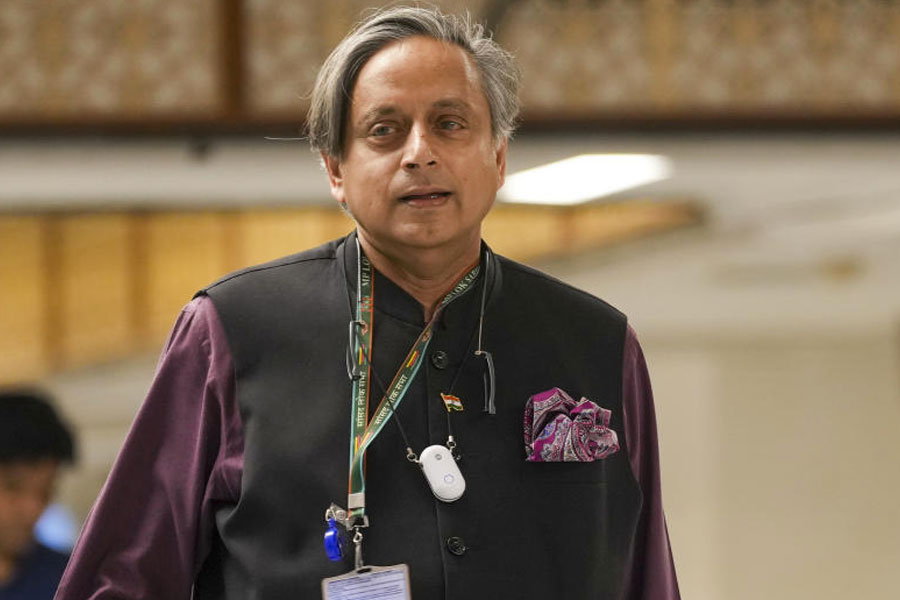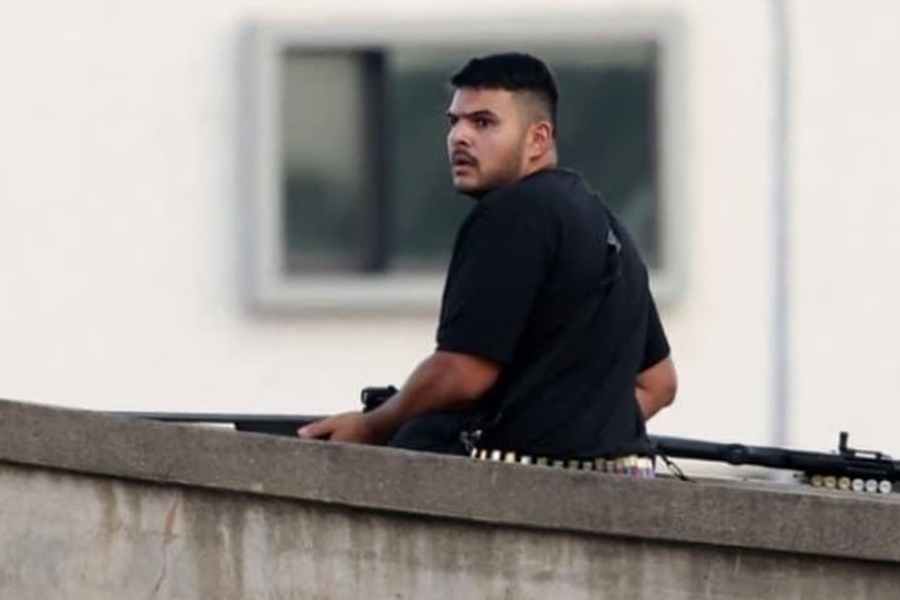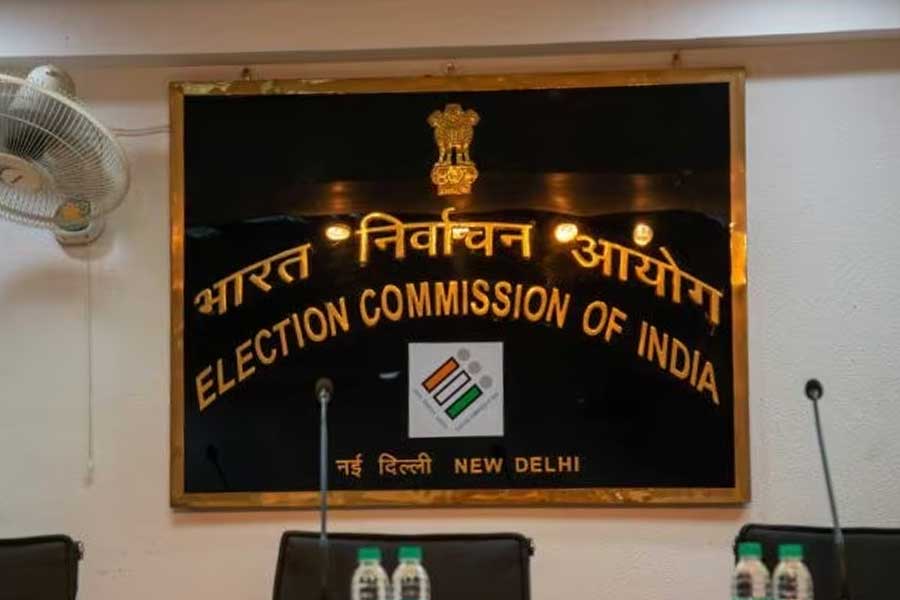.jpg)
New Delhi: The life of a patient in a permanently vegetative state can be ended with her or her family's consent if there's no hope of recovery, as certified by a medical board supervised by the first-class judicial magistrate, the Supreme Court ruled on Friday.
A five-judge constitution bench said this can be done in keeping with an "advance directive" put down in writing by the person himself on the lines of a "living will". If no such document exists, a medical board formed by the State can take the decision with the family's consent.
The judgment gives legal sanction to passive euthanasia - the withdrawal or withholding of treatment or artificial life support. But active euthanasia, which entails the use of lethal substances such as an injection, continues to be illegal in India.
The bench of Chief Justice Dipak Misra and Justices A.K. Sikri, A.M. Khanwilkar, D.Y. Chandrachud and Ashok Bhushan said Friday's directive would hold until Parliament passes a law on passive euthanasia. No such law exists now.
The ruling came on a petition moved by the NGO Common Cause seeking a direction to the government to enact a law to medically terminate the lives of terminally ill patients. Another NGO, Society for Right to Die with Dignity, had moved an intervention plea espousing a similar cause.
Both NGOs contended that the right to life guaranteed under Article 21 should include the "right to die with dignity" for terminally ill patients as prolonging their lives causes anguish to them and their families. They also cited the huge expenses caused to keep alive people with incurable ailments who had entered into a permanently vegetative state.
The court agreed that the right to die with dignity was an intrinsic facet of Article 21.
"There is little doubt that a dying man who is terminally ill or in a persistent vegetative state can make a choice of premature extinction of his life as being a facet of Article 21 of the Constitution. If that choice is guaranteed being part of Article 21, there is no necessity of any legislation for effectuating that fundamental right and, more so, his natural human right," the court said.
It added that the right could not be "absolute" and provided for "reasonable restrictions" and safeguards.
While Chief Justice Misra and Justice Khanwilkar authored the main judgment, Justices Sikri, Chandrachud and Bhushan wrote separate but concurring judgments.
On March 7, 2011, the apex court had permitted passive euthanasia in principle for patients in a permanently vegetative state but mandated that families or a "next friend" must approach a high court in each case for permission.
Friday's ruling removes this requirement, allows an "advance directive" and provides a standard legal procedure for passive euthanasia.
The court also referred to the Gian Kaur vs Punjab case of 1996, where a five-judge bench had made references to passive euthanasia in a case about a person's purported right to commit suicide. It had held a person had no right to commit suicide under Article 21.
"On a seemly understanding of the judgment in Gian Kaur, we do not find that it has decried euthanasia as a concept. On the contrary, it gives an indication that in such situations, it is the acceleration of the process of dying which may constitute a part of right to life with dignity so that the period of suffering is reduced," Friday's judgment said.
THE SAFEGUARDS
The following are the safeguards proposed by the Supreme Court till Parliament adopts legislation on the living will and passive euthanasia
• The advance directive (living will) to refuse treatment can be executed only by an adult who is of a sound and healthy state of mind and in a position to communicate, relate and comprehend the purpose and consequences of executing the document
• The directive must be voluntarily executed without any coercion and should have the characteristics of informed consent without undue influence
• The written document should clearly state when medical treatment may be withdrawn or no specific medical treatment shall be given to the executor. Treatment here means that which will only have the effect of delaying the process of death that may otherwise cause pain, anguish and suffering and further indignity
• It should clearly indicate the circumstances in which withholding or withdrawal of medical treatment could be resorted to, that the executor may revoke the instructions/authority any time and that the executor has understood the consequences of executing the document
• It should mention the name of a guardian or close relative authorised to give consent for withdrawing or refusing treatment if the executor is incapable of taking the decision at the relevant time
• If multiple advance directives exist, the most recently signed directive will be considered as the last expression of the patient’s wishes
• The advance directive should be signed by the executor in the presence of two attesting witnesses, preferably independent, and countersigned by a judicial magistrate who shall preserve its copy, including in digital format
nIf immediate family members are not present, the magistrate will inform them and hand over a copy to a competent officer of the local government
• The treating doctor should ascertain the genuineness and authenticity of the document from the jurisdictional magistrate first class before acting upon it
• The executor can revoke the document at any stage before it is acted upon and implemented. The withdrawal or revocation of an advance directive must be in writing
• The hospital should set up a medical board consisting of the head of the treating department and at least three experts on general medicine, cardiology, neurology, nephrology, psychiatry or oncology and having at least 20 years of experience
• If the medical board refuses to withdraw treatment, the executor of the advance directive or his relatives or the doctor or hospital staff can approach the high court. The high court chief justice will constitute a division bench to decide it expeditiously after offering the State a chance to comment
• nIn the absence of an advance directive and in cases where a patient is terminally ill and undergoing prolonged treatment for an ailment which is incurable or where there is no hope of being cured, the doctor may inform the hospital which will set up a medical board
• The hospital medical board should discuss with the family physician and the family members and record the minutes of the discussion in writing. During the discussion, the family members should be apprised of the pros and cons of withdrawal or refusal of further medical treatment and, if they give consent in writing, the hospital medical board may certify the course of action to be taken. Their decision will be regarded as a preliminary opinion
• If the board certifies it, the hospital should inform the collector who will set up another medical board with the chief district medical officer as the chairman and three experts from the fields mentioned earlier and with experience of over 20 years
• If opinions differ, the patient’s nominee, family members, the treating doctor or hospital staff can move the high court for permission to withdraw life support

.jpg)









